HYPOTHESISIf students are sensitized on local culture, through art and technologies, they could make choices, as prospective citizens, so that are able to face the homogenisation and the loss of local identity, integrating creativity into regional policies.
Moreover if children, are given the chance to maintain their curiosity, courage, experimentation and imagination, then a creative capacity is formed, which stays with them as they grow into adult men and women.
Mission... ACTIVE AND PRODUCTIVE was carried out by B-class students, receiving consulting support by the University of Aegean and the Museum of Modern Greek Art of Rhodes.
The project is a creative approach of "culture by doing".
Art and tecnology enhanced the quantity and the quality of students’ achievement.
STEP BY STEP INSTRUCTIONS TO STUDENTS
After students have been motivated to get interested by the teacher, they were given the following instructions:
1. Gather information on a local culture subject, from Museum and site visits, books, internet, photos, videos, and testimonies.
2. Study and make a presentation on the specific subject. Then share your work in class or send it to your partner school. You can make lectures, presentations, slideshows, blogs and more.
3. Select certain element from the previous study, which brings historical or aesthetic, or emotional or personal value.
4. Using creative thinking methods (think outside the box, brainstorming, idea lists, what if…) start creating your artwork, inspired by the selected element.
5. Experiment with new ideas (find creative solutions, use visual means as sketches, drawings, collage, prints, stencils…) and create your own artwork.
6. Elaborate on your own design, combine it with other classmates’ work, and make transformations, patterns, or collaborative posters.
7. Take digital photos of your final solution.
8. Edit your photos using photo editing software.
9. Select two easy to use functions-tools, which make effects.
10. Experiment by creating a plethora of new images.
11. Select your best picture as for your final design solution.
12. Select an object to transfer your picture or make models.
13. Print your design with your printer on cards or papers,
14. Print your design on proper paper and iron them on clothe of your choice.
15. Take digital photos and videos of your cultural pilot production.
16. Put your pictures and videos on the web and send them to your partner school.
17. Enjoy your pilot cultural products.
18. Spread your ideas in the local community (organizing exhibition, participating on a TV program, presenting your proposals in a municipality council …)
The result of above process is the following projects:
1. HISTORY AND ARCHITECTURE
2. SYMBOLS AND LANDMARKS
Moreover if children, are given the chance to maintain their curiosity, courage, experimentation and imagination, then a creative capacity is formed, which stays with them as they grow into adult men and women.
Mission... ACTIVE AND PRODUCTIVE was carried out by B-class students, receiving consulting support by the University of Aegean and the Museum of Modern Greek Art of Rhodes.
The project is a creative approach of "culture by doing".
Art and tecnology enhanced the quantity and the quality of students’ achievement.
STEP BY STEP INSTRUCTIONS TO STUDENTS
After students have been motivated to get interested by the teacher, they were given the following instructions:
1. Gather information on a local culture subject, from Museum and site visits, books, internet, photos, videos, and testimonies.
2. Study and make a presentation on the specific subject. Then share your work in class or send it to your partner school. You can make lectures, presentations, slideshows, blogs and more.
3. Select certain element from the previous study, which brings historical or aesthetic, or emotional or personal value.
4. Using creative thinking methods (think outside the box, brainstorming, idea lists, what if…) start creating your artwork, inspired by the selected element.
5. Experiment with new ideas (find creative solutions, use visual means as sketches, drawings, collage, prints, stencils…) and create your own artwork.
6. Elaborate on your own design, combine it with other classmates’ work, and make transformations, patterns, or collaborative posters.
7. Take digital photos of your final solution.
8. Edit your photos using photo editing software.
9. Select two easy to use functions-tools, which make effects.
10. Experiment by creating a plethora of new images.
11. Select your best picture as for your final design solution.
12. Select an object to transfer your picture or make models.
13. Print your design with your printer on cards or papers,
14. Print your design on proper paper and iron them on clothe of your choice.
15. Take digital photos and videos of your cultural pilot production.
16. Put your pictures and videos on the web and send them to your partner school.
17. Enjoy your pilot cultural products.
18. Spread your ideas in the local community (organizing exhibition, participating on a TV program, presenting your proposals in a municipality council …)
The result of above process is the following projects:
1. HISTORY AND ARCHITECTURE
2. SYMBOLS AND LANDMARKS

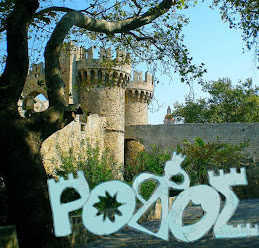.jpg)
.jpg)
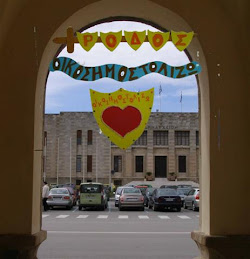.jpg)
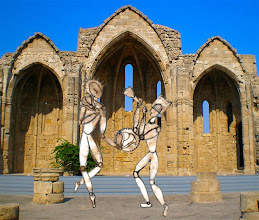.jpg)
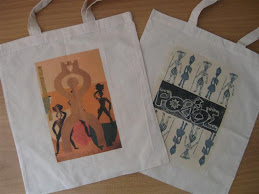.jpg)
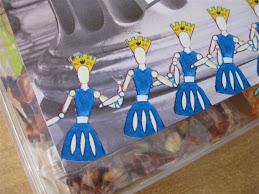.jpg)
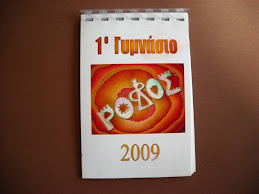.jpg)
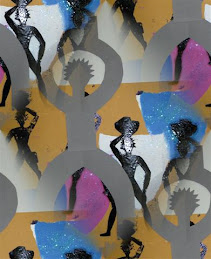.jpg)
.jpg)